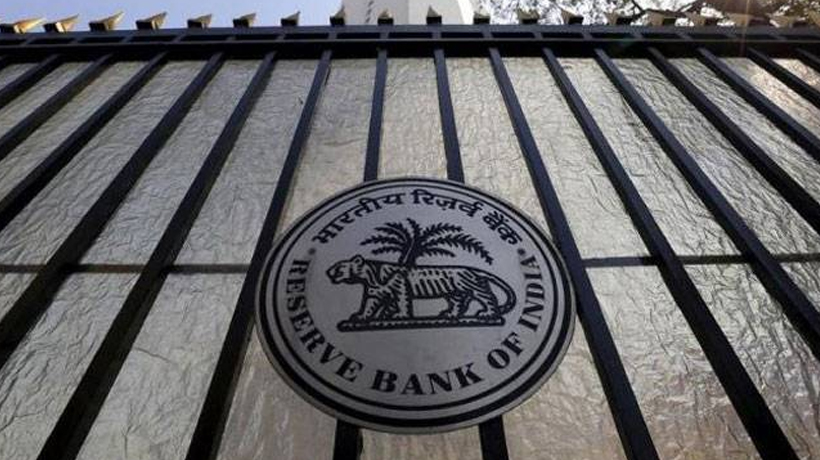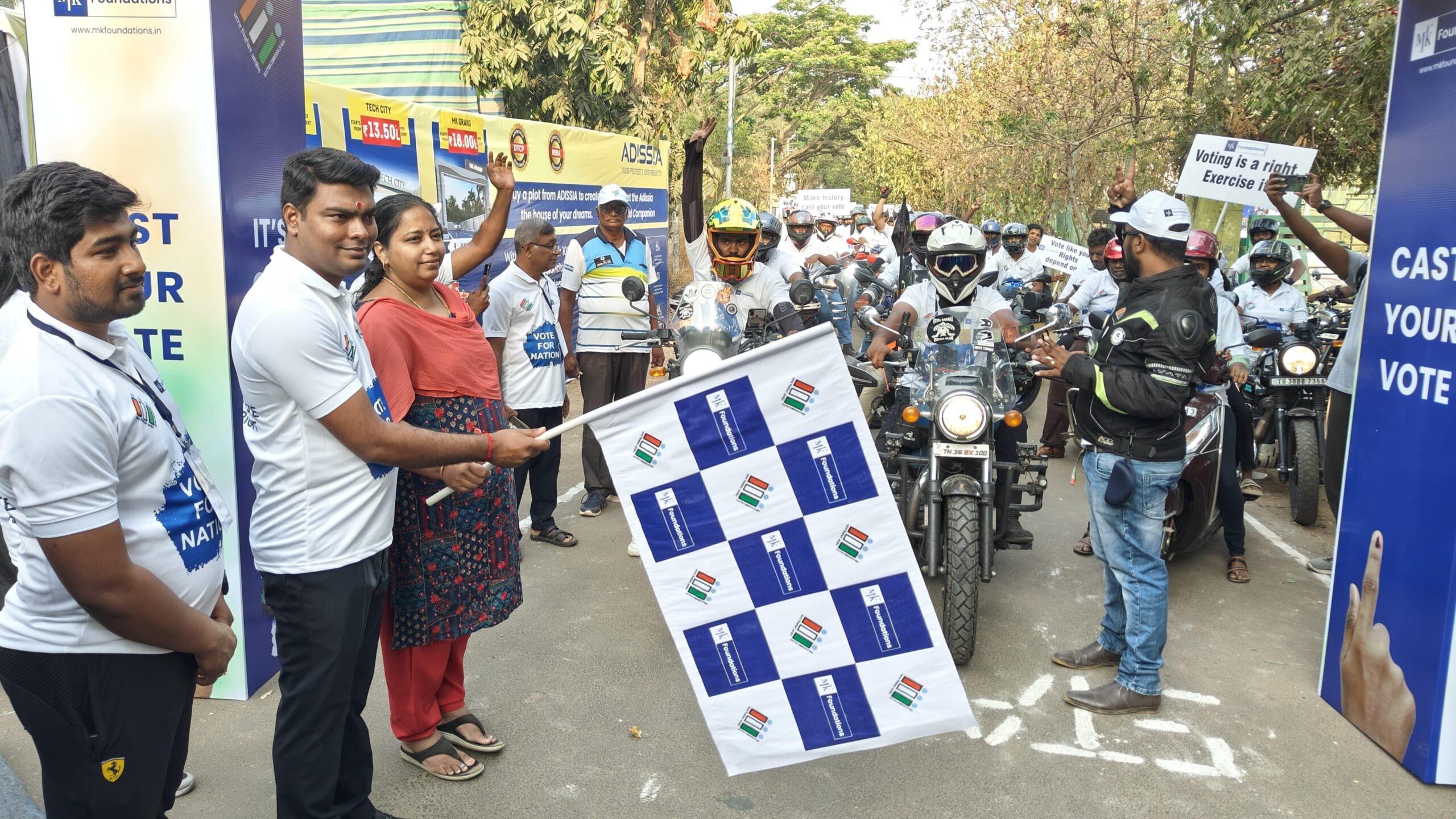Trending Now
- IPL 2024 begins with a bang. First contest between CSK and RCB.
- Election commission allots mike symbol to Naam Thamizhar Katchi
- AIADMK promises to urge for AIIMS in Coimbatore, in its election manifesto.
- Ponmudi becomes higher education minister.
Business
RBI policy meet: What does 25 bps SLR cut mean for the consumer and the economy?
![]() December 5, 2018
December 5, 2018
RBI Governor Urjit Patel-led monetary policy committee (MPC) on Wednesday kept key rates unchanged for the second consecutive time this year.
In a surprise move, the Reserve Bank cut statutory liquidity ratio (SLR) by 25 basis points to 19.25 per cent from January 1, 2019, adding that it would be reduced by 25 basis points every quarter until it reaches the 18 per cent level.
On the basis of an assessment of the current and evolving macroeconomic situation, RBI, in the fifth bi-monthly monetary policy statement, kept the repo rate, the rate at which the central bank lends money to commercial banks, under the liquidity adjustment facility (LAF) unchanged at 6.50 per cent, for the second consecutive time this year. Consequently, the reverse repo rate under the LAF will remain unchanged at 6.25 per cent, and the marginal standing facility (MSF) rate and the Bank Rate at 6.75 per cent.
To control inflation and the growth, RBI uses certain tools like cash reserve ratio, statutory liquidity ratio, repo rate, and reverse repo rate.
What is Statutory Liquidity Ratio (SLR)?
Besides CRR, Banks have to invest certain percentage of their deposits in specified financial securities like Central Government or State Government securities. This percentage is known as SLR.
This money is predominantly invested in government approved securities (bonds), Gold, which mean the banks can earn some amount as ‘interest’ on these investments as against CRR where they do not earn anything.
Example – An Individual deposits say Rs 1000 in bank. Then Bank receives Rs 1000 and has to keep some percentage of it with RBI as SLR. If the prevailing SLR is 20% then they will have to invest Rs 200 in Government Securities.
Higher reserve requirements such as SLR make banks relatively safe (as a certain portion of their deposits are always redeemable) but at the same time restrict their capacity to lend. To that extent, lowering of reserve requirement increases the resources available with a bank to lend and helps control inflation and propels growth.
























